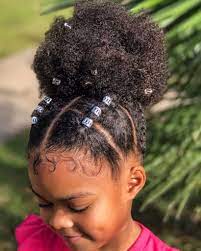Frontal Line

The frontal line of your hairline frames the appearance of your face. It consists of two parts – the frontal line and the temporal line. The length of your frontalis muscle determines the height of your forehead and hairline. Men with straight hairlines have a sleek forehead that is easy to style.
Temporal Line
The temporal line refers to the vertical part of a male hairline in front of the ears. It plays an essential role in framing facial features and can become more profound due to male pattern baldness. Recreating a temporal line requires careful placement.
Receding Hairline
Receding hairlines are a common issue as we age or due to male pattern baldness. Age, genetics, and other factors can contribute to this. Stylish haircuts like close buzz cuts, medium crew cuts, or clean shaves can help conceal the areas where the hairline is receding. hair loss treatments may also encourage new growth.
Asymmetrical Hairline
An uneven hairline does not always indicate hair loss but could be an early symptom of male pattern baldness. Traction alopecia, caused by tight braids or dreadlocks, can also contribute to an uneven hairline. Scalp micro pigmentation treatments can help create the appearance of a fuller, more even hairline.
Uneven Hairline
If your hairline is uneven without widow’s peak or male pattern baldness, traction alopecia might be the cause. This occurs when too much tension is placed on hair roots, causing an unbalanced hairline. Switching to looser hairstyles and treating underlying scalp issues can help reverse it. Finasteride and scalp micro pigmentation services may also be beneficial.
In conclusion, understanding the different hairline types and their causes can help you better manage your hairline concerns. Whether it’s a receding hairline or an uneven one, solutions are available to help you achieve a more confident and aesthetically pleasing appearance.

